Market Trends
Key Emerging Trends in the Polyethylene Naphthalate Market
The market trends of Polyethylene Naphthalate (PEN) reflect its growing demand and usage across various industries. PEN is a high-performance engineering plastic known for its excellent mechanical, thermal, and barrier properties, making it suitable for a wide range of applications. One of the key drivers of the PEN market is its increasing adoption in the packaging industry. With rising concerns about food safety, manufacturers are turning to PEN as a viable alternative to traditional packaging materials like glass and metal. PEN offers superior barrier properties against oxygen and moisture, extending the shelf life of packaged products and preserving their freshness. This trend is expected to continue as consumers demand more convenient and sustainable packaging solutions.
Another significant trend in the PEN market is the growing emphasis on sustainability. As environmental concerns mount, industries are seeking eco-friendly alternatives to conventional plastics. PEN stands out as a recyclable and lightweight material with a lower carbon footprint compared to other plastics. Manufacturers are increasingly incorporating PEN into their product offerings to meet consumer demand for sustainable packaging solutions. Additionally, advancements in recycling technologies are making it easier to reclaim and reuse PEN, further driving its adoption across various industries.
The electronics industry is also a major contributor to the growth of the PEN market. With the proliferation of electronic devices such as smartphones, tablets, and laptops, there is a growing demand for high-performance materials that can withstand harsh operating conditions. PEN's excellent thermal stability, chemical resistance, and dielectric properties make it an ideal choice for electronic components such as printed circuit boards (PCBs), connectors, and insulating films. As the electronics market continues to expand, so does the demand for PEN, driving innovation and investment in the sector.
The demand for Polyethylene Naphthalate in electronics is projected to drive the market further.
Furthermore, the automotive industry represents a significant opportunity for the PEN market. As automakers strive to reduce vehicle weight and improve fuel efficiency, they are increasingly turning to lightweight materials like PEN. PEN's high strength-to-weight ratio and resistance to heat and chemicals make it well-suited for various automotive applications, including fuel systems, engine components, and interior trim. Moreover, PEN's ability to withstand high temperatures makes it an attractive option for under-the-hood applications where traditional plastics may fail. As automakers continue to prioritize sustainability and performance, the demand for PEN in the automotive sector is expected to grow steadily.
In addition to these key trends, technological advancements and innovations are driving the evolution of the PEN market. Manufacturers are investing in research and development to enhance the properties of PEN and expand its potential applications. This includes efforts to improve processability, increase barrier performance, and reduce production costs. Furthermore, collaborations between industry players and research institutions are driving innovation in PEN-based materials and composites, opening up new possibilities in areas such as aerospace, construction, and renewable energy.

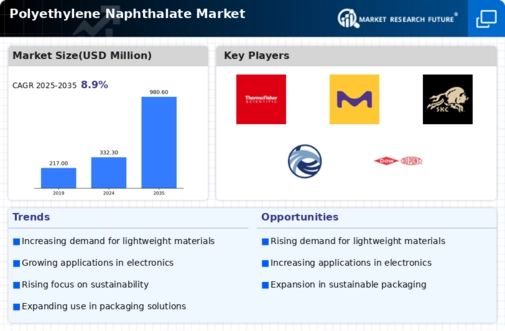


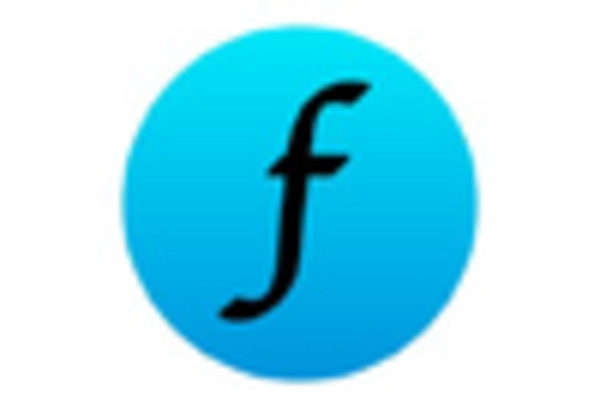
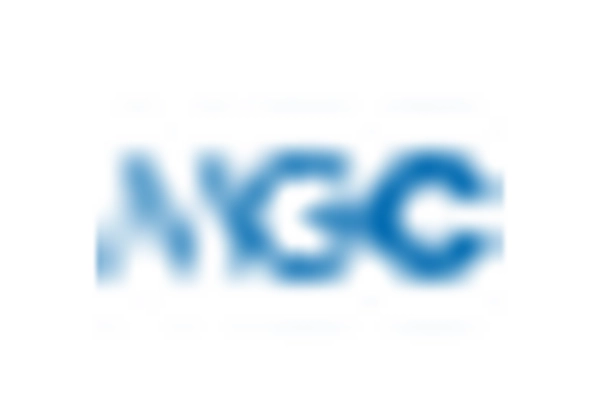
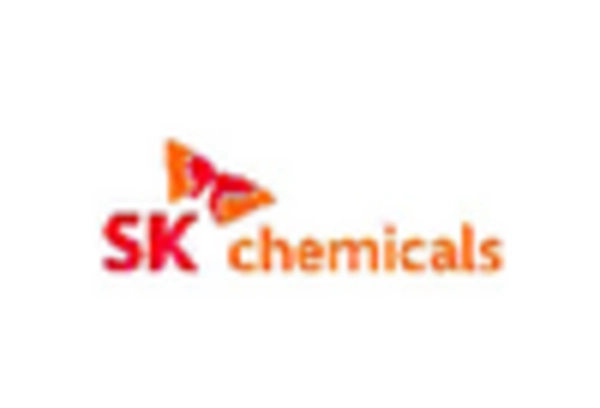
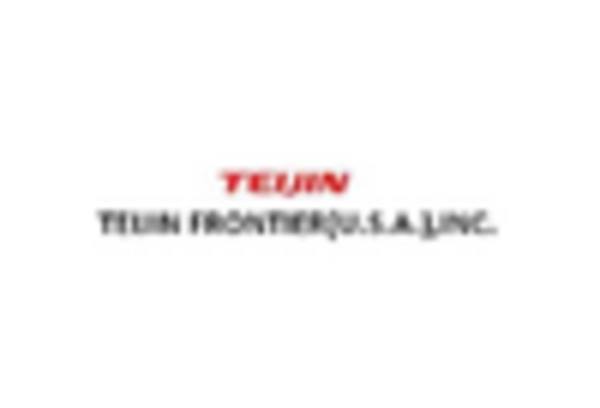









Leave a Comment